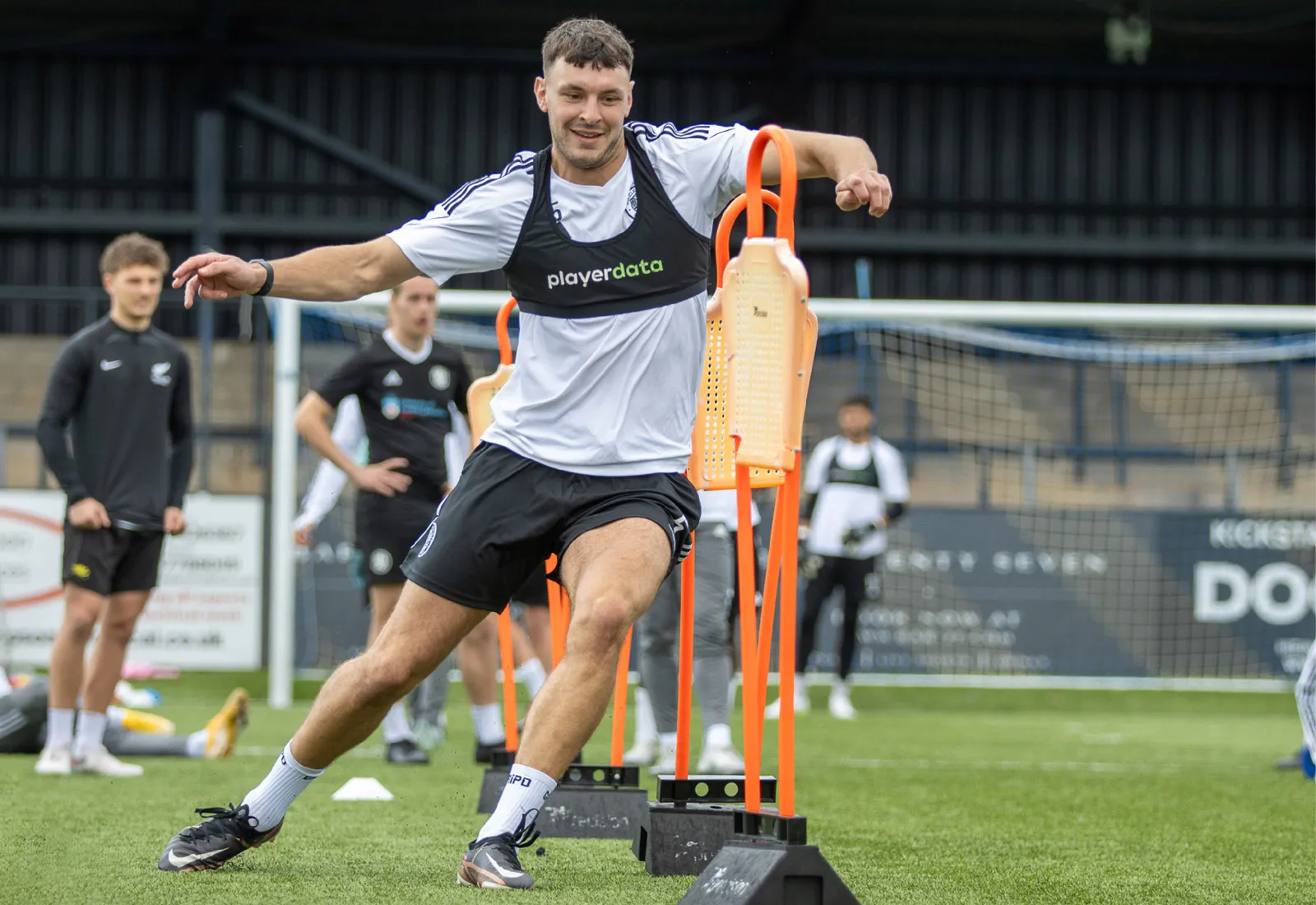The debate over whether rugby is harder than soccer has long intrigued sports enthusiasts and athletes alike. Both sports demand exceptional levels of fitness, skill, and strategic thinking, yet the specific physical and mental challenges they present differ significantly. Soccer is celebrated for its need for speed, agility, and precise ball control, whereas rugby is known for its intense physicality, strength, and tactical depth. This article delves into the rigorous training regimens and fitness levels required for rugby and soccer, offering a comprehensive comparison to help answer this compelling question: Is rugby harder than soccer? By examining the unique demands of each sport, we aim to provide a deeper understanding of the distinct challenges faced by athletes in rugby and soccer, shedding light on the complexities that make each sport both demanding and rewarding.
Introduction
Rugby and soccer are two of the most popular sports worldwide, each attracting millions of fans and participants with their unique set of challenges and demands. Soccer, celebrated for its breathtaking speed, exceptional skill, and remarkable endurance, captivates audiences with its fluid gameplay and technical finesse. On the other hand, rugby is renowned for its intense physicality, sheer strength, and intricate tactical complexity, drawing admiration for the robustness and strategic depth required to excel in the game.
This article aims to delve into the fundamental differences between rugby and soccer, particularly focusing on the training regimens and fitness levels required for each sport. By examining these critical aspects, we seek to provide a comprehensive understanding of the unique demands of both sports and ultimately address the intriguing question: is rugby harder than soccer?
Differences in Training Regimens
Physical Conditioning
Rugby players undergo rigorous physical conditioning to prepare for the sport’s high-impact nature and intense physical demands. Training sessions are meticulously structured to develop a well-rounded athletic profile that includes strength, cardiovascular endurance, and agility.
Strength Training: One of the core elements of rugby training is strength training. Players engage in weightlifting exercises such as squats, deadlifts, bench presses, and power cleans to build the muscle mass and strength necessary to withstand the physicality of tackles and the power required in scrums and rucks. This focus on strength is crucial, as rugby players need to be able to handle the repeated impacts and collisions that occur throughout a match, as well as to exert force against opponents in contested areas of the game.
Cardiovascular Exercises: Cardiovascular fitness is equally important in rugby. Players participate in extensive aerobic conditioning to ensure they can maintain high energy levels throughout the entire game. This includes activities like running, cycling, and rowing. However, rugby also demands a high anaerobic capacity due to the frequent bursts of intense activity followed by short rest periods. High-intensity interval training (HIIT) is often incorporated into workouts, where players alternate between short, intense periods of exercise and brief recovery periods.
Agility Drills: Agility is another critical component of rugby training. Players must be able to change direction quickly and efficiently to evade tackles, support teammates, and respond to the dynamic flow of the game. Agility drills often include ladder drills, cone drills, and shuttle runs, which enhance a player’s ability to move swiftly and accurately in multiple directions.
Soccer Training
Soccer players focus heavily on cardiovascular fitness and agility. Training regimens include long-distance running to build stamina, short sprints to develop speed, and various drills to enhance footwork and ball control. Plyometric exercises, which improve the players’ ability to perform rapid, explosive movements, are also common. Flexibility training and core strengthening exercises help players maintain balance and agility during fast directional changes on the field.
Rugby Skill Training
Rugby requires a diverse skill set, including tackling, passing, kicking, and strategic positioning. Training sessions often incorporate drills that simulate game scenarios, helping players develop their tactical understanding and decision-making skills. Players also practice specific roles within set-pieces like scrums, lineouts, and rucks, which require precise coordination and teamwork.
Soccer Skill Training
Soccer training places a strong emphasis on ball control, passing accuracy, dribbling, and shooting. Players engage in drills that enhance their ability to maneuver the ball under pressure and maintain possession. Tactical training is also vital, as players must understand formations, offensive and defensive strategies, and spatial awareness. Set-piece practice, including free kicks and corner kicks, hones players’ precision and execution in crucial game moments.
Fitness Levels and Game Demands
Cardiovascular Endurance
Rugby
Rugby players need exceptional cardiovascular endurance to sustain the high-intensity bursts of activity interspersed with brief periods of rest. The sport involves continuous running, tackling, and strategic play over 80 minutes, demanding robust aerobic and anaerobic fitness.
Soccer
Soccer players require superior cardiovascular endurance, as they typically cover 10-12 kilometers per game, with constant running, jogging, and sprinting. The 90-minute game duration, without substantial breaks, places significant demands on aerobic capacity.
Rugby
Rugby’s physical nature necessitates significant strength and power. Players must be capable of powerful tackles, pushing in scrums, and rapid acceleration. Strength training, particularly in the upper body and legs, is crucial for performance and injury prevention.
Soccer
While strength is important in soccer, particularly for shielding the ball and physical duels, the emphasis is more on lower body power and agility. Explosive strength for sprinting, jumping, and sudden directional changes is vital.
Summing Up
The question of whether rugby is harder than soccer is complex and subjective, as both sports require unique sets of skills, fitness levels, and training regimens. Rugby’s demands are characterized by its physicality and strength requirements, whereas soccer emphasizes endurance, agility, and technical skill. Each sport presents its own challenges, making it difficult to definitively say one is harder than the other. Ultimately, the answer may depend on individual perspectives and the specific demands one finds more challenging. Whether you’re drawn to the brute strength and tactical complexity of rugby or the endurance and technical precision of soccer, both sports offer intense, rewarding experiences that test the limits of physical and mental prowess.
